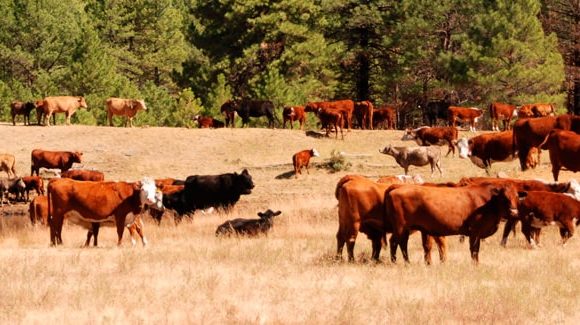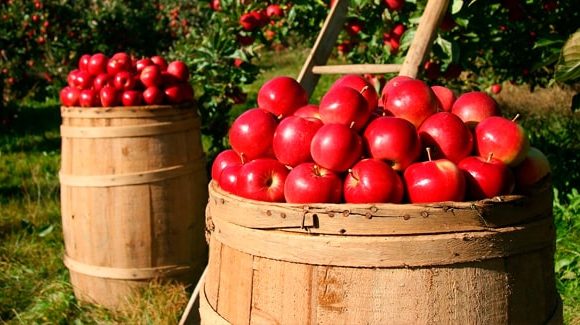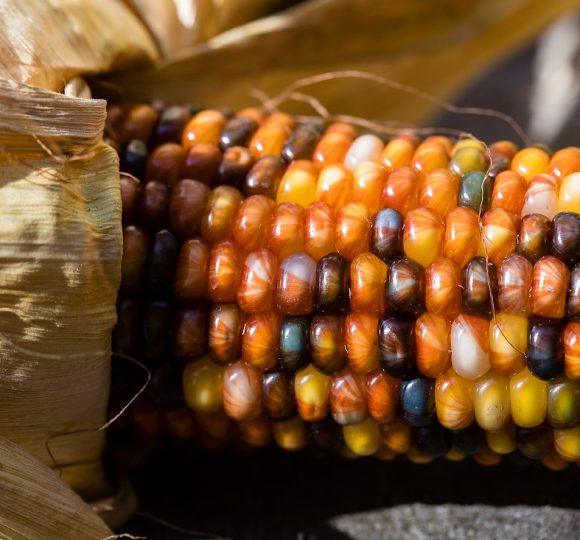Major land-use changes have occurred in the United States during the past 25 years. The total area of cropland, pastureland and rangeland decreased by 76 million acres in the contiguous 48 states from 1982 to 2003, while the total area of developed land increased by 36 million acres or 48% (see Figure 1). The pace of urban development increased dramatically during the period, from 1.4 million acres a year between 1982 and 1992 to 2.2 million acres a year between 1992 and 2003. Although the total cropland area has cycled upwards and downwards twice since the 1940s and the recent downward trend of cropland acreage may be reversed by the increasing demand for biofuelcrop production, urban areas will likely continue to grow. What are the potential economic, social and environmental impacts of land use changes? How does land use change affect agriculture and rural communities? What are the important economic and environmental implications for commodity production and trade, water and soil conservation, open space preservation, and other policy issues? The purpose of this paper is to discuss some of these issues and policy options to address them.
Publications
Land Use Changes: Economic, Social and Environmental Impacts
Publication Name
Transatlantic Land Use Conference Policy Briefs
Downloadable Documents
Author
JunJie Wu
Publisher
University Park, PA: The Northeast Regional Center for Rural Development
Page Numbers
12
Publication Date
September 01, 2008
Publication Type
Articles
State
National
Keywords
Land Use Changes, Land Use Planning, Planning for Agriculture and Food Systems, Smart Growth / Growth Management




